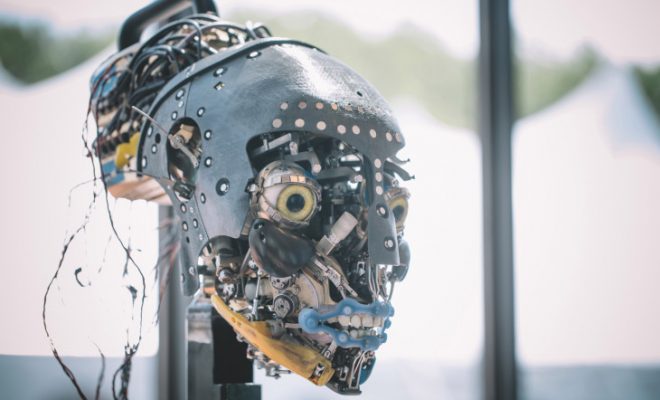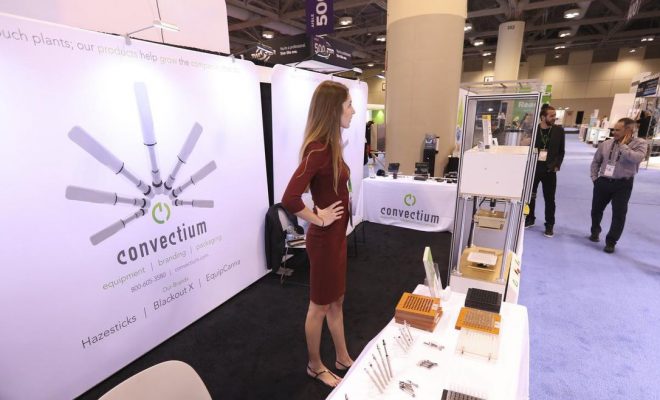True Artificial Intelligence Isn’t What You Think

Artificial Intelligence (AI) is promoted as the future of technology, but what does that mean? With no absolute definition or standards, AI has become mostly a marketing tool rather than a deliverable product.
Any programmer can create an app to process data and deliver information faster and more accurately than a human. For example, brilliant researchers created an app that predicts depression just by the way a person uses their smartphone. While this particular app isn’t being promoted as AI, other apps are . Unfortunately, none of these apps are truly AI-powered.
Questioning AI will help you understand true AI
Most people don’t have a reason to question technology claiming to be AI-powered if the results are useful. Machine learning is powerful enough to make machines appear to be artificially intelligent, and if those machines are beneficial, why bother fussing over the details? In truth, there’s a critical difference between true artificial intelligence and machine learning. When it comes to true AI, we aren’t there yet. The comprehensive, life-like artificial intelligence portrayed in science fiction has yet to become a reality.
Autonomous systems aren’t true AI
In general, artificial intelligence refers to a computer program capable of analyzing data and making decisions based on predefined criteria. However, a response must be programmed to be expressed. That’s why chatbots can’t infer meaning or nuance. They might be autonomous systems, but they can’t learn or respond beyond their programming.
That’s not to say autonomous systems aren’t useful. Autonomous systems have become an essential part of our world. The U.S. military, for example, uses autonomous systems to assess information in complex environments , and decipher between friend or foe. That information becomes the foundation for informed decisions that can result in life or death. For example, an autonomous system can track moving and stationary objects to create a comprehensive picture of a situation and the danger it might present.
Although autonomous systems aren’t the same as true AI, they play a crucial role in many industries outside of the military. For instance, software companies like Oracle use machine learning to detect threats to a network and automatically reroute suspicious traffic faster than humanly possible.
True artificial intelligence doesn’t exist – yet
True artificial intelligence – the kind portrayed in science fiction – would mimic human consciousness in the ability to make autonomous decisions that aren’t the result of a program. For example, Google’s autonomous vehicles currently make driving decisions that would normally be made by a human: when to brake, how hard to brake, when and where to stop, when to change lanes, and how to navigate traffic lights and stop signs. An increase in accurate
judgment is achieved over time by ‘learning’ from previous decisions.
Although accuracy in decision-making can increase, at no time do Google’s vehicles possess the ability to make the same split-second decision a human can make to dart through three lanes of traffic to take an early exit off the freeway. If Google’s cars were capable of that, it’s highly unlikely anyone would ever ride in one.
True artificial intelligence can’t be faked
In 2017, a robot called Sophia appeared on Jimmy Fallon’s Tonight Show, and awed everyone with what appeared to be a genuine display of learned humanity. The fascination didn’t last long. Soon, it became clear that Sophia’s ability to hold a conversation was not the result of autonomous learning, but a scripted program.
Ben Goertzel, the Chief Scientist of Hanson Robotics (Sophia’s creator), acknowledged that Sophia is not pure artificial intelligence in a statement made to Futurism. “Sophia and the other Hanson robots are not really ‘pure’ as computer science research systems,” he said, “because they combine so many different pieces and aspects in complex ways. They are not pure learning systems, but they do involve learning on various levels (learning in their neural net visual systems, learning in their OpenCog dialogue systems, etc.).”
For software companies working hard to create true artificial intelligence, the distinction is crucial. For consumers simply looking to have fun with a new gadget, it’s probably not as important. Either way, until true AI does come into existence, autonomous systems and machine learning will continue to produce improved technology that will change the world, one algorithm at a time.












